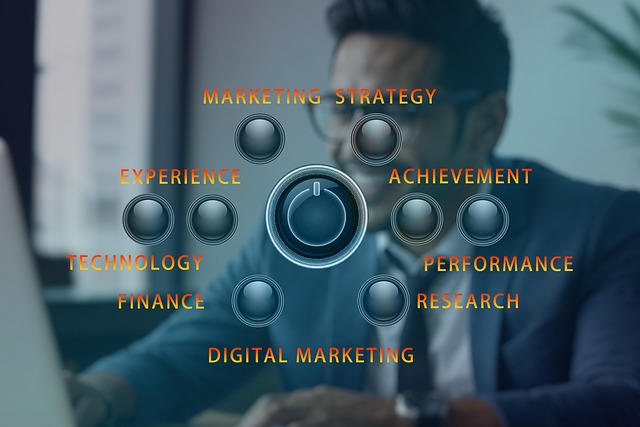AI-driven food photography optimization is transforming the culinary landscape by leveraging advanced computer vision algorithms to enhance visual content. These systems analyze lighting, composition, and color to accurately represent dishes, measure portions, identify ingredients, detect quality issues, and ensure consistent, high-quality visuals for various platforms. By automating tasks like lighting adjustment and object detection, AI boosts productivity for photographers while maintaining rigorous standards that significantly impact consumer choices. Moreover, computer vision streamlines production lines, enhances food safety through real-time monitoring, and ensures only top-quality products reach consumers.
“Explore the transformative power of AI in the culinary world through the lens of computer vision. This article delves into the art and science of AI-driven food photography optimization, revealing how advanced algorithms enhance visual storytelling. We examine the impact on the food industry, from setting new standards to revolutionizing production processes. Discover techniques that empower photographers to capture stunning images, while unlocking the full potential of AI in visual content creation.”
- Understanding AI-Driven Food Photography: Unlocking Visual Potential
- The Impact of Computer Vision on Food Industry Standards
- Optimizing the Process: Techniques and Benefits for Photographers
Understanding AI-Driven Food Photography: Unlocking Visual Potential

AI-driven food photography is revolutionizing the culinary industry by unlocking the full visual potential of dishes. With advanced computer vision applications, restaurants and food brands can now optimize their visual content, ensuring each photograph captures the essence of the meal with stunning accuracy. AI algorithms analyze lighting, composition, and color, enhancing images to make them more appealing and engaging.
This technology goes beyond basic image enhancement; it enables precise measurement and analysis of food portions, ingredient identification, and even the detection of quality issues. By understanding the visual nuances of each dish, AI-driven systems can help create a consistent and high-quality visual experience for customers across various platforms, including social media, menus, and e-commerce sites.
The Impact of Computer Vision on Food Industry Standards

The integration of computer vision technology has brought about a significant transformation in the food industry, setting new standards for quality control and consistency. With AI-driven food photography optimization, manufacturers can now leverage visual data to enhance product inspection processes. This innovative approach enables automated detection of defects, ensuring that only visually appealing and high-quality products reach consumers. By analyzing images at a microscopic level, computer vision systems can identify subtle imperfections, such as cracks, discoloration, or shape irregularities, which might be overlooked by human inspectors.
Furthermore, computer vision streamlines the entire production line, from sourcing raw materials to packaging and distribution. It enables efficient sorting and grading of agricultural produce, ensuring that only ripe and desirable items are selected for processing. This technology also plays a crucial role in food safety, allowing real-time monitoring and detection of potential hazards, thus reducing the risk of contamination and improving overall product quality.
Optimizing the Process: Techniques and Benefits for Photographers

AI-driven computer vision is transforming the landscape of food photography, offering photographers an efficient and precise way to optimize their work. By leveraging advanced techniques like object detection, color analysis, and scene understanding, AI tools can automate tasks that were once time-consuming and subjective. For example, these systems can automatically adjust lighting, identify and segment different food items, and even suggest composition improvements.
This optimization process benefits photographers in multiple ways. It enhances productivity by reducing manual adjustments, allowing them to focus more on creative aspects. Furthermore, AI ensures consistency in visual quality, making it easier to meet high-quality standards for food photography, which is crucial for the food industry where visuals significantly influence consumer choices.
AI-driven food photography is revolutionizing the culinary visual landscape. By understanding its potential, leveraging computer vision technologies, and employing optimization techniques, photographers can enhance their processes, meet industry standards, and unlock new creative possibilities. The benefits are clear: improved efficiency, enhanced visual appeal, and a competitive edge in a rapidly evolving market. Embracing AI optimization is not just a trend but a strategic move for professionals aiming to stay ahead in the food photography space.
